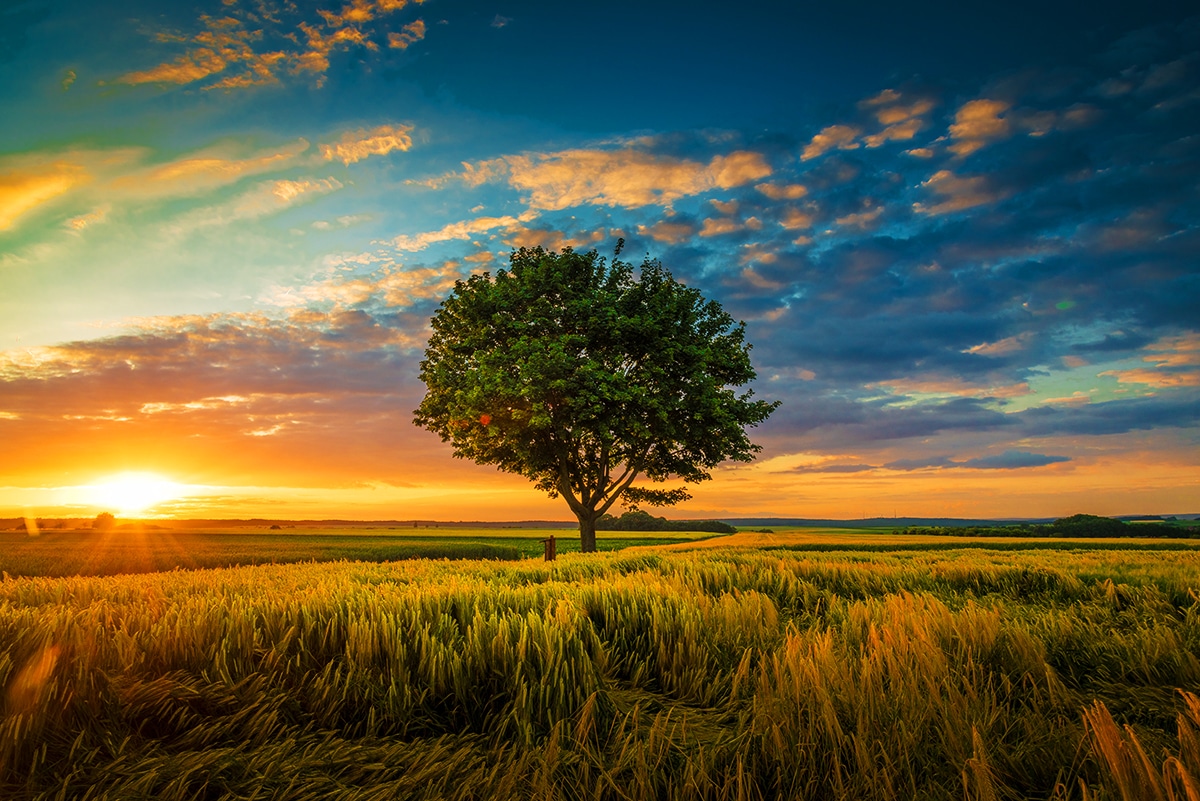The world we live in is facing unprecedented environmental challenges. Climate change, habitat destruction, and biodiversity loss are just some of the threats that we need to tackle urgently to ensure that future generations can enjoy a healthy and thriving world. As a society, we must come together to create meaningful change and invest in the protection of our planet to ensure a sustainable future.
What are Protected Areas?
Protected areas are designated spaces that are managed to conserve biodiversity and protect natural and cultural resources. These areas can be found in many forms, including national parks, wilderness areas, nature reserves, and marine protected areas. Protected areas are essential because they help conserve the natural resources and ecological processes that sustain life on Earth, as well as valuable cultural values and practices.
According to the International Union for Conservation of Nature (IUCN), protected areas currently make up around 15% of the land and sea surface of the planet. Despite the enormous value that these areas provide, they are increasingly under threat from human activities, including deforestation, mining, overfishing, and pollution. This indicates that more must be done urgently to protect these areas to ensure that they continue to perform their role into the future.
The Importance of Protected Areas for our Planet
There are numerous reasons why investing in protected areas is essential for a sustainable future. Below are some of the most important reasons:
Biodiversity Conservation
Protected areas are crucial for conserving biodiversity, which is the variety of all living things on the planet. Biodiversity conservation is essential because it supports many important ecosystem services such as air and water purification, climate regulation, and soil fertility. Protected areas provide a haven for many threatened species, including rare and endangered animals and plants, and also allow species to migrate and adapt to changing environmental conditions.
Climate Change Mitigation and Adaptation
Protected areas are important for mitigating climate change by storing carbon dioxide, a greenhouse gas that contributes to global warming, in trees and other plant matter. They also help organisms adapt to changes in the environment caused by climate change by providing safe spaces where species can move and adjust to new conditions.
Food Security and Livelihoods
Protected areas provide many important resources and ecosystem services that support human societies. For example, protected areas can provide food resources such as fish, timber, and non-timber forest products to local communities, which can help support their livelihoods. They also serve as important tourist destinations, generating income and jobs in the tourism sector.
Cultural and Spiritual Values
Protected areas can protect cultural and spiritual values by conserving important cultural assets such as traditional knowledge, cultural practices, and historic sites. They can also provide spiritual nourishment to people who value the connection to the natural world.
Challenges Facing Protected Areas
Protecting our planet’s natural resources and ecological systems comes with numerous challenges. Some of the significant challenges include:
Insufficient Funding
One of the main challenges facing protected areas is a lack of adequate funding to support their upkeep and growth. Protected areas often suffer from a lack of resources and funding, making management and enforcement of protection measures difficult.
Human Activity
Protected areas are often threatened by human activities such as mining, agriculture, logging, and the expansion of urban areas. These activities can damage ecosystems, reduce biodiversity, degrade water quality, and air pollution.
Climate Change
Climate change presents a significant threat to protected areas by increasing the risk of wildfires, droughts, and flooding. These events can cause significant harm to ecosystems, exacerbating the threats posed by human activities.
Actions to Protect Our Protected Areas
There are several action areas to protect our planet’s natural resources are:
Increased Public Awareness and Support
Increased public awareness and support for protected areas are necessary to raise awareness and understanding of the benefits they provide. This can be achieved through campaigns, social media, and other outreach channels. Governments, nonprofit organizations, and private sector can pledge to promote and support the protection of these areas.
Investment for Improved Management
Protected areas must be adequately managed to maintain their health and effectiveness. Investment for improved management must be made to promote sound conservation practices, law enforcement efforts, and the creation of partnerships with local communities to safeguard the areas.
Integrating Protected Areas into Land-Use Planning
When protected areas are integrated into land-use planning, it helps safeguard critical ecosystems and maintains the value of natural resources. Governments can work together, using spatial mapping tools and other technologies to ensure that land-use planning includes protected areas.
Conclusion
Protected areas are critical components of the planet’s natural systems, providing important ecosystem services, conserving biodiversity, supporting livelihoods, and protecting cultural and spiritual values. However, these areas face numerous challenges, such as insufficient funding, human activity, and climate change. To safeguard protected areas and invest for a sustainable future means being aware of their significance and supporting their management and creation. Moreover, the collective effort of individuals, governments, and civil societies is necessary for the preservation of the planet’s natural resources. It’s worth investing in it to ensure that future generations can enjoy a healthy and thriving world.
